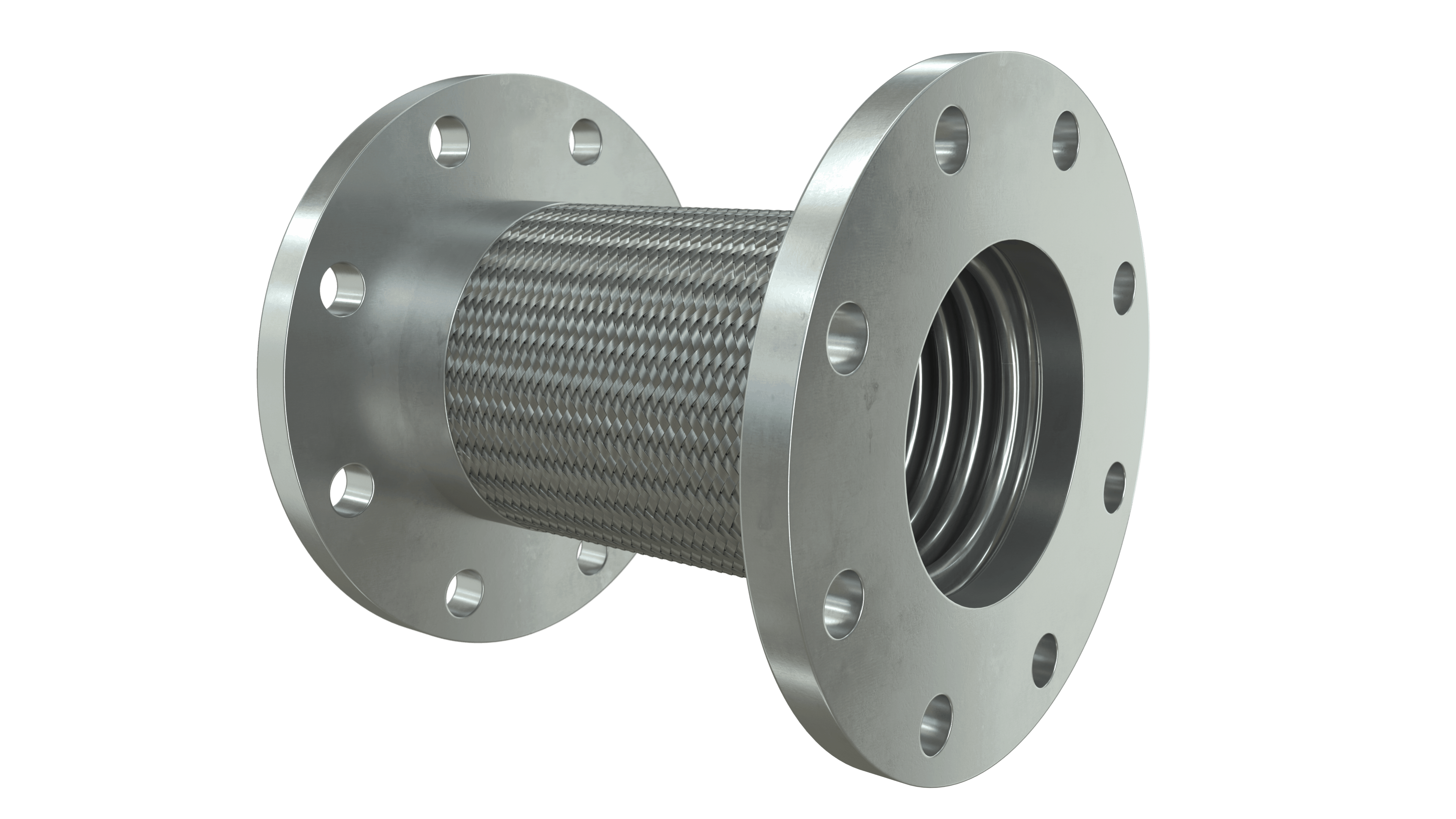

Regarding the environmental refractive index change (∆n), the shift wavelength (∆λ) of the LSPR is caculated by ∆λ = m∆n 7, 8. LSPR results in a high-intensity and strongly localized electromagnetic field that can be extremely sensitive to even small changes in the surrounding dielectric medium 6. The resonance wavelength (λ) of the LSPR is dependent on the environmental refraction index and geometric shape and structure. This phenomenon can be used for to alter metallic nanostructures. When the wavelength of the light incident on a metallic nanostructure is considerably larger than that of a plasmonic structure, local oscillations are produced around the nanostructure. An optical phenomenon, LSPR is caused when incident light induces a locally coherent oscillation of opposite charges at surfaces or interfaces of metals to create surface plasmon resonance (SPR) 4, 5. Localized surface plasmon resonance (LSPR) biosensing is an optical spectroscopic method that provides real-time, precise and high-sensitivity detection 1, 2, 3. The growing number of serious diseases caused by ever-increasing pollution has necessitated the use of biosensors in healthcare monitoring systems. Therefore, the flexible MIM nanodisk LSPR sensor is suitable to develop on-chip microfluidic biosensors for detection of cancer cells on nonplanar surfaces. The absorption peak of the MIM-disk LSPR sensor obviously redshift to easily distinguish between the phosphate buffered saline (PBS+) solution with A549 cancer cells and without cells. Furthermore, the flexible MIM nanodisk LSPR sensor was applied to detect A549 cancer cells in PBS+ solution. The omni-directional characteristics of LSPR resonances were beneficial for maintaining the device sensitivity stable under various bending curvatures.

The different geometries of MIM nanodisk sensors were investigated and optimized to enhance the spatial overlap of the LSPR waves with the environment, which lead to a high sensitivity of 1500 nm/RIU. In this work, the flexible localized surface plasmon resonance (LSPR) bio-sensors were demonstrated by integrating the metal–insulator–metal (MIM) nanodisks with bio-compatible polydimethylsiloxane (PDMS) substrate. The small sized, flexible, high-performed and bio-compatible sensing devices are the critical elements to realize the bio-related detection or on-site health monitoring systems.


 0 kommentar(er)
0 kommentar(er)
